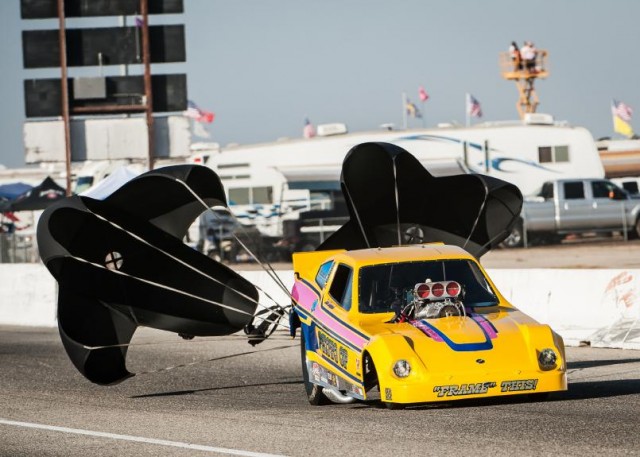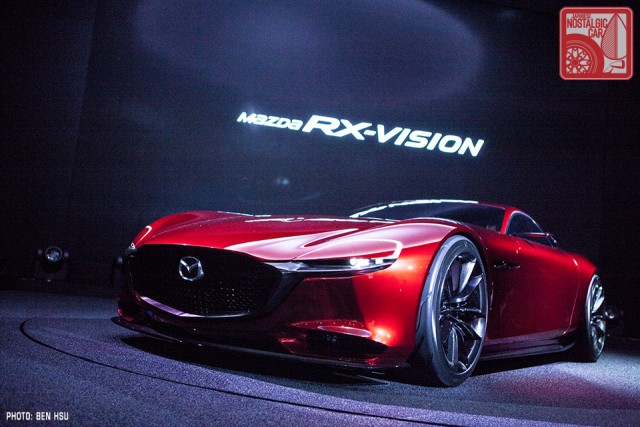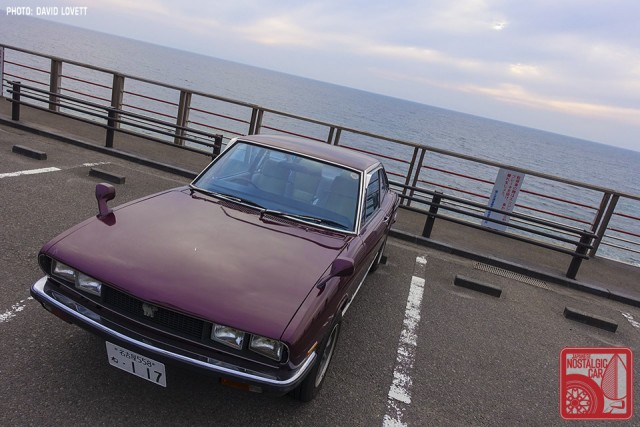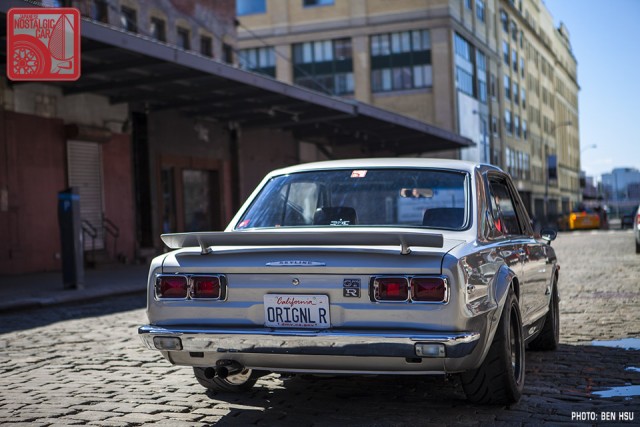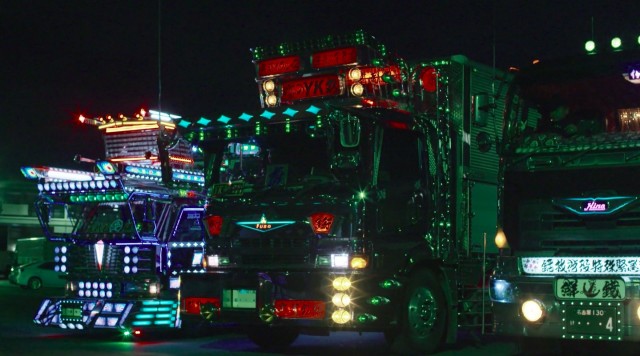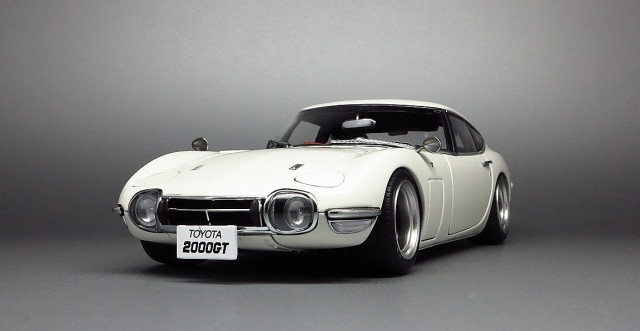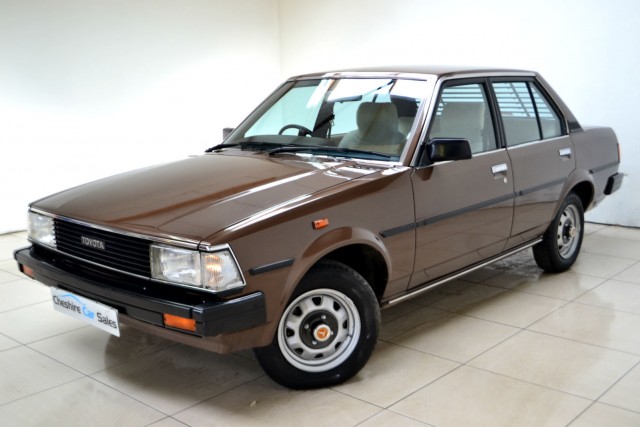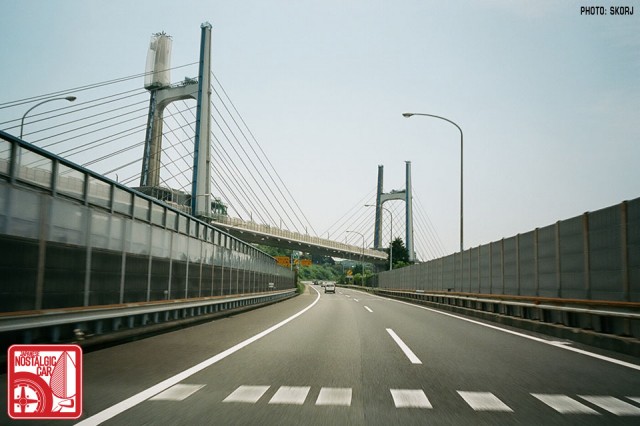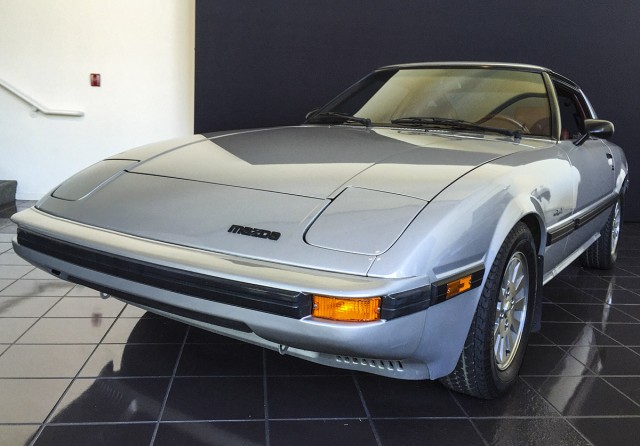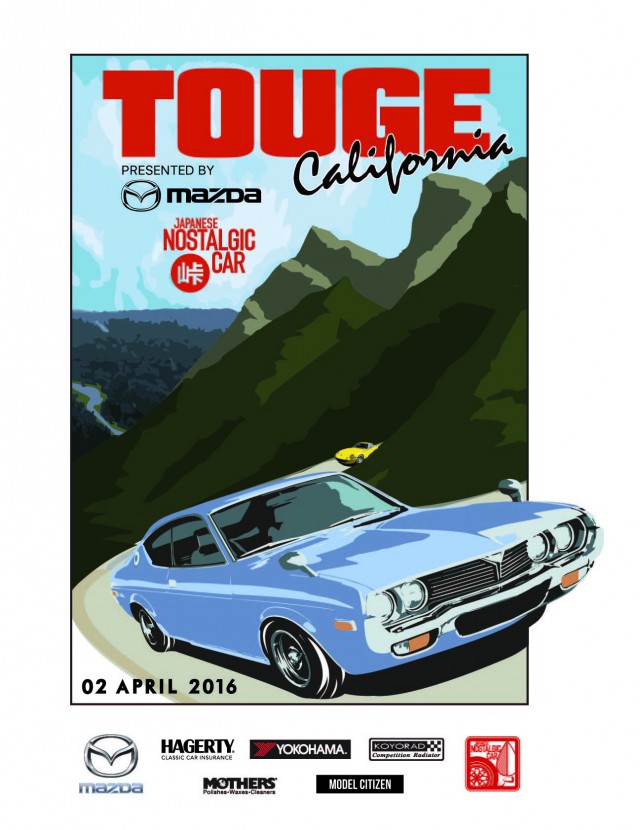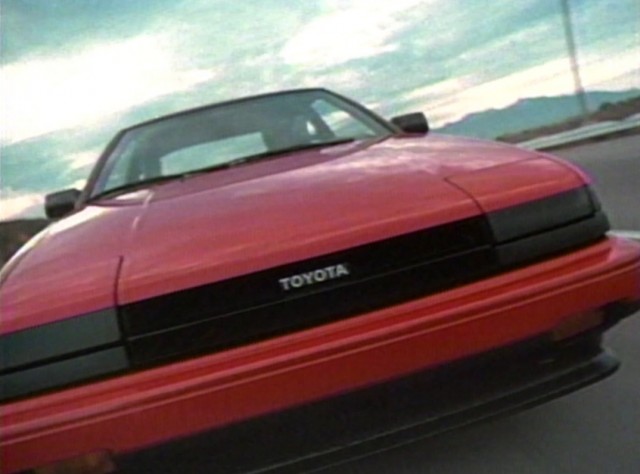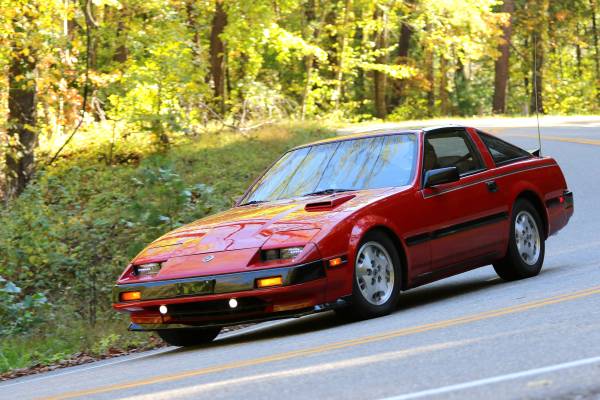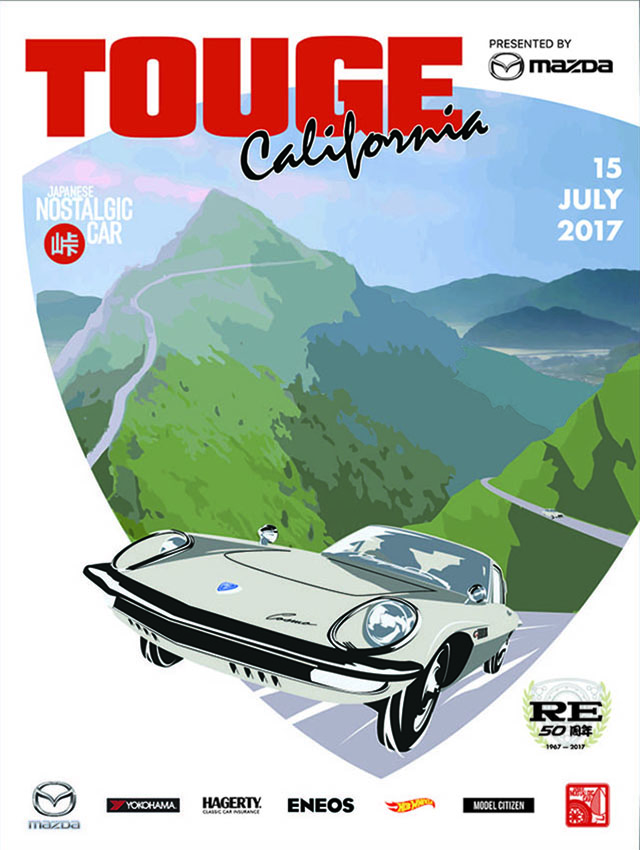The JNC server experienced a disk failure Friday night. It took almost the entire weekend for our webhost to diagnose and rectify the problem. We had to restore to the most recent backup, which was taken at 9:00am Friday. The weekend articles have been subsequently reposted but some comments were lost. Sorry for the inconvenience and thank you for your patience.
A note about last weekend’s outage
GRAND TOURING: Driving across Japan in a JNC, Day 07
In the last installment of our cross-Japan trip, a life-long personal goal was achieved. I had driven from the northern Hokkaido on one end of Japan to southern Kyushu on the other. However, the journey was far from over. We and our trusty 1978 Isuzu 117 Coupé had to make it back home to Nagoya. Aside from a couple of kilometers on the only bridge onto Kyushu, we had kept to back roads, avoiding Japan’s efficient but expensive expressways. We weren’t about to start now. Continue reading
RIP Yoshimi Katayama, 1940 — 2016
It was announced in Japanese media yesterday that Yoshimi Katayama (片山義美) — the legendary race car driver often associated with Mazda — had passed away on March 26. He was 75. His prolific career was marked by some of Japan’s most iconic race cars, including the Mazda Savanna RX-3, RX-7, and many of Mazda’s Le Mans prototype racers such as the 717C, Lola T616, 767B, and 787. Continue reading
KIDNEY, ANYONE? Custom Toyota Hilux Dually with fifth wheel and camper
Okay, time to pack it up. It’s done, people. This is the last car you’ll ever need to buy. Sell your house, quit your job, and leave the grid in the comfort of this custom Toyota Hilux and its matching camper. Continue reading
TRA Kyoto’s new Boss kit turns FDs into RX-3s
One of the most photographed things at last year’s SEMA Show was the TRA Kyoto Boss kit that grafted a Datsun Sunny-esque nose onto an S14 Silvia. Now, its makers have applied the same principle to a Mazda, namely, melding a stylized Savanna RX-3 nose onto the body of an FD3S RX-7. The Mazda Boss kit is just a rendering for now, but given the company’s prolific ability to create outrageous kits, you know the real deal is coming any day now. What do JNC readers think, is it rotary radness or time to hide your FDs?
How the Toyota Corolla Changed American Motoring
Fifty years is a very long time. If you think about America 50 years ago, the synthesizer had just begun to find its way into mainstream music, a ’32 T-Bucket was as commonly street raced as a EF/EG/EK Civic in the 90s, and Japanese cars were about as popular in America as a Chinese-made car is today. A car enthusiast in 1968 would have to defend their choice of a Japanese car much like how a car enthusiast today has to defend not having a Japanese car. 50 years ago this year the Toyota Corolla was also introduced to the world. Although it would not reach US shores for another two years, we are going to look at how it revolutionized the American motoring experience. Continue reading
MOTORSPORT: When NHRA opened the doors to Japanese funny cars
When I was a kid in the 70s, a Japanese manufacturer being represented in the pro ranks of NHRA drag racing was a laughable idea. Sure, Datsuns were competitive in road racing with production-based cars, but sanctioning bodies such as the National Hot Rod Association were strictly all-American for their top classes. But now, Toyota Camry bodies are seemingly everywhere. So how did that change? Continue reading
NEWS: Mazda is working on a new, possibly turbo, rotary engine
Last fall at the Tokyo Motor Show Mazda revealed a stunning vision for the future. Appropriately, it was called the RX-Vision, and as the name implies, it was a rotary-powered sports car in the tradition of the Mazda RX-7 and Cosmo Sport. While it was loved by enthusiasts, most have been burned one too many times by the “Here’s an incredible concept for you to drool over but we won’t build it” switcharoo. Not this time. Continue reading
QotW: What’s the most interesting JNC throwback design cue?


Automakers often incorporate classic design cues into the modern cars. Sometimes they’re obvious, like the quad taillights of the Nissan GT-R. Sometimes they’re obscure, like the C-pillar of the second-generation Scion tC. There are probably some that only the most die-hard otaku will notice.
What’s the most interesting JNC throwback design cue?
What say you, dear reader? As always, the most entertaining comment by next Monday will receive a prize. Scroll down to see the winner of last week’s QotW, “What’s your most brutal tale of JNC price inflation?” Continue reading
GRAND TOURING: Driving across Japan in a JNC, Day 06
As our compatriots in California enjoy themselves on the Touge California this weekend, we do a little driving of our own, in the sixth installment of our cross-Japan tour. On Day 05, we stowed our 1978 Isuzu 117 Coupé to explore Nagasaki on foot. It was both wondrous and moving, but after a full day on our feet through the hilly city, we were happy to be back in the driver’s seat again. Continue reading
GRAND TOURING: Godzilla invades New York — Behind the scenes of the NY Auto Show with a Hakosuka GT-R
There is no US city more hostile to the automobile than New York. Most of its 8.5 million residents don’t own cars. Here, they are nothing more than 3,000-pound accumulators of parking tickets and dents. Some of the city’s roads aren’t even paved. Then we go ahead take a genuine hakosuka Skyline GT-R worth at least a quarter-million dollars through this concrete jungle of jutting construction equipment, suicidal jaywalkers, and potholes so large they’re sometimes mistaken for subway entrances. Continue reading
VIDEO: One man’s obsession with his Dekotora
Takuya Sosogi’s work is ostensibly the shipping of fresh fruit and vegetables. In reality, though, it’s modifying his Mitsubishi Fuso dekotora. Like many dekotora drivers, he became obsessed with “decoration trucks” after watching the 1975 film Torakku Yarō and hasn’t looked back. Continue reading
KIDNEY, ANYONE? 2,500-mile Toyota 2000GT sells for $4.1 million
This is getting ridiculous. If you thought prices on J-tin have been skyrocketing before, you ain’t seen nothing yet. A 1967 Toyota 2000GT, the bluest of the Japanese blue chip classics, has sold for $4.1 million. That price obliterates the previous record of $1.15 million set in 2013. A possible key? This particular 2000GT, though modified with RS-Watanabe racing wheels, has fewer than 2,500 miles on the odometer. Continue reading
KIDNEY, ANYONE? 12,000-mile 1982 Toyota Corolla
Did the coverage of the mobs of E70 Corollas at the Team_Nostalgic meet in Chicago last year get you hungry to own one yourself? Might as well buy one clean enough to make Akio Toyoda himself weak at the knees while you’re at it then. Continue reading
NEWS: Honda’s Ohio factory evacuated due to bomb threat
2,000 employees at Honda’s Marysville, Ohio plant were evacuated just after 11:00 am local time today due to a bomb threat. Everything is fine, and no one was hurt, and business as usual has since been resumed. A note saying that the plant would “blow up today” was found and management thought it credible enough to evacuate everyone. Police are investigating, but have not revealed further details. What do you think the note-leaver was upset about? Continue reading
NEWS: Japan raises its national speed limit
Last Thursday, the Japanese government passed a law allowing the raising of the national speed limit for the first time. Ever since the opening of Japan’s first highway, the Meishin Expressway, in 1963 the speed limit has been pegged at 100 kph (approximately 62 mph). The new laws will lift that cap to 120 kph (approximately 75 mph) on select expressways. Continue reading
Mazda to run three heritage vehicles in JNC Touge California
We are very proud to announce that Mazda will be bringing three of its cars out from their heritage collection for a 200-mile drive in this year’s JNC Touge California. The vintage rally takes place this Saturday, April 2, and earlier this month the folks at Mazda prepped a 1978 GLC, 1975 REPU, and 1985 RX-7 GSL-SE for the event. Continue reading
Official 2016 JNC Touge California poster
For 2016, the official poster for the JNC Touge California features two landmark cars that will run the 200-mile vintage car rally this weekend.
To honor title sponsor Mazda, we are highlighting a rare 1974 Mazda RX-4 Hardtop Coupé. A similar car will be driven this Saturday by Armando Licon and navigator Chris Green. Also depicted on the poster is a yellow 1972 Datsun 240Z with a G-nose. This is similar to the very car once owned by Yutaka “Mr K” Katayama, which will also drive this weekend with Kenny Ueda and navigator Jose Dominguez at the helm.
Participants will receive this 18 x 24-inch poster in the gift bag. After the event, posters will be available in the JNC Shop.
VIDEO: Toyota Corolla 50th Anniversary
Last week Toyota threw a party in New York celebrating the 50th anniversary of the Corolla. This is a copy of the video that was playing on loop on TVs during the event. KE10, TE37, TE51, AL10, AE86, and a bunch of FF sedans are all represented, though it’s missing a good number of generations as well. Continue reading
KIDNEY, ANYONE? 24k-mile Z31 Turbo
The charms of this 1985 Nissan 300ZX are many. It appears to have every box on the options menu checked. It’s got the proper transmission. It’s a turbo and not a 2+2. It seems to have been very well preserved. And it has just 24,443 miles. Continue reading


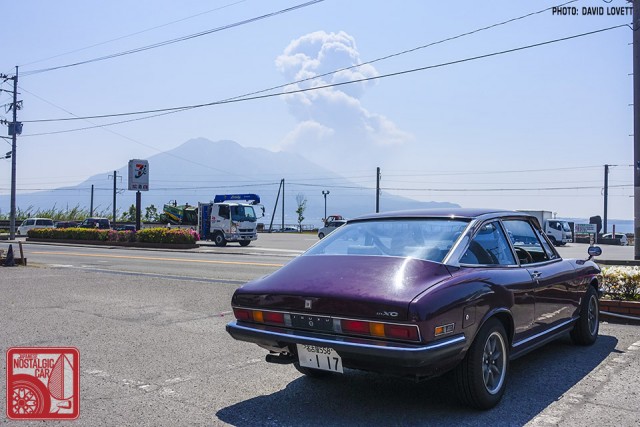
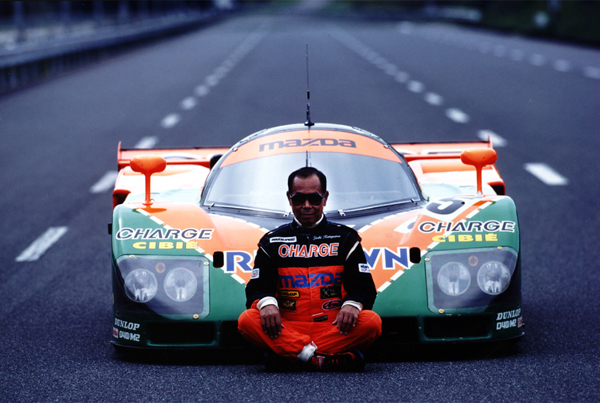
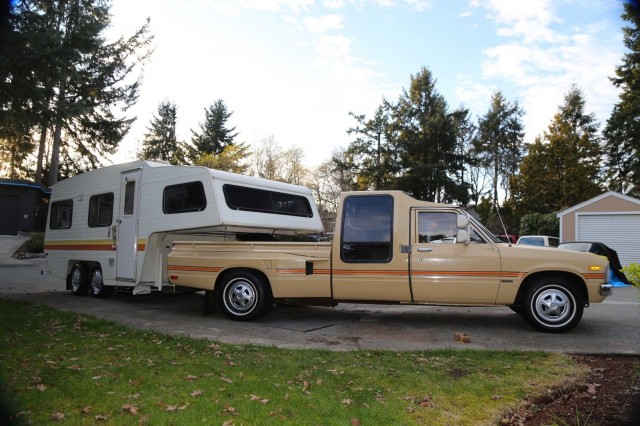
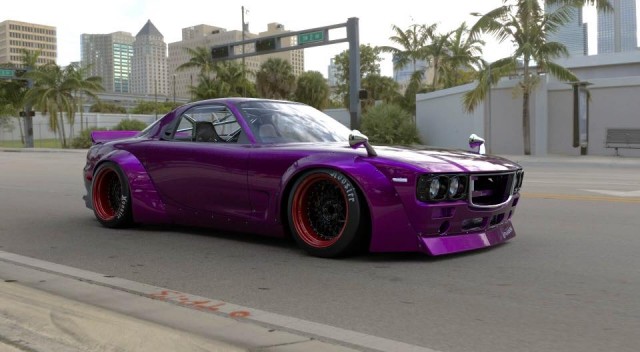
![CropperCapture[9]](https://JapaneseNostalgicCar.com/wordpress/wp-content/uploads/2016/04/CropperCapture9.bmp)
